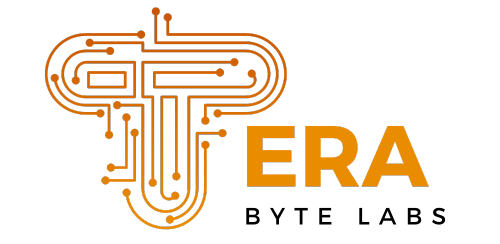
You’ve heard of Software 1.0, but now there’s a new player in town: Software 2.0. It’s the next wave in the digital revolution, and it’s changing the game for developers, businesses, and consumers alike.
But what exactly is Software 2.0, and why should you care? This revolutionary approach to software development is not just about new tools and technologies. It’s about reshaping the way we think about and interact with software.
In this article, we’ll delve into the world of Software 2.0, exploring its potential to transform the tech landscape. Whether you’re a seasoned developer or a tech enthusiast, you’ll find valuable insights into this burgeoning field.
Software 2.0
Let’s dive deeper into the concept of Software 2.0. Two crucial aspects you’ll explore here are its definition and evolution.
Defining Software 2.0
Software 2.0 isn’t simply a new version of software; instead, it represents a paradigm shift in how software is created and functions. Unlike traditional software operations that are dependent on explicit programming logic, Software 2.0 platforms rely on machine learning algorithms. These algorithms allow the software to improve its performance by learning from data. For example, instead of manually programming a task into the software, you’d feed the software with numerous examples, and it would learn to perform the task based on these examples.
The Evolution of Software Solutions
 The leap from traditional programs to Software 2.0 didn’t happen overnight. It has been the result of decades of advancements in computational technologies and algorithms. Initially, software solutions required extensive manual inputs, involving a high level of human interaction to complete tasks. With the advent of automation and AI technologies in the last few decades, software has progressively become smarter, more autonomous, and data-driven. Take, for instance, the development of digital personal assistants. They started as basic tools for scheduling appointments but have evolved into intelligent platforms capable of performing a range of tasks, from controlling smart home devices to making personalized recommendations. This shift towards data-driven, learning capabilities is emblematic of the transition to Software 2.0 – defining a new era for software evolution.
The leap from traditional programs to Software 2.0 didn’t happen overnight. It has been the result of decades of advancements in computational technologies and algorithms. Initially, software solutions required extensive manual inputs, involving a high level of human interaction to complete tasks. With the advent of automation and AI technologies in the last few decades, software has progressively become smarter, more autonomous, and data-driven. Take, for instance, the development of digital personal assistants. They started as basic tools for scheduling appointments but have evolved into intelligent platforms capable of performing a range of tasks, from controlling smart home devices to making personalized recommendations. This shift towards data-driven, learning capabilities is emblematic of the transition to Software 2.0 – defining a new era for software evolution.
Benefits of Software 2.0
Digging deeper into the topic, let’s understand the benefits of embracing this Software 2.0 approach. Mainly, we’ll focus on two pivotal advantages: its potential to boost efficiency and its capability to spur innovation.
Boosting Efficiency with Software 2.0
Championing efficiency, Software 2.0 takes businesses to a higher operational level. Leveraging machine learning, it learns from patterns and adjusts autonomously, thus mitigating the need for constant manual intervention. For example, autonomous vehicles equipped with Software 2.0 can self-navigate, cutting down on human errors, while e-commerce algorithms analyze purchasing patterns, predicting stock requirements accurately.
With Software 2.0, companies also achieve scalability. Efficiency doesn’t wane when workload increases. Consider leading e-commerce platforms; it’s their ability to scale, specifically during holiday seasons, that ensures a seamless shopping experience for millions of customers. This efficient scalability is a direct benefit of employing Software 2.0 solutions.
Innovation Facilitator: Software 2.0
 Alongside efficiency, Software 2.0 is a powerful catalyst for innovation. It brings in adaptability and scalability, two key attributes that create a fertile ground for inventive applications. With Software 2.0, we’ve witnessed the rise of smart homes where devices interact with each other, learning human patterns, and optimizing energy usage.
Alongside efficiency, Software 2.0 is a powerful catalyst for innovation. It brings in adaptability and scalability, two key attributes that create a fertile ground for inventive applications. With Software 2.0, we’ve witnessed the rise of smart homes where devices interact with each other, learning human patterns, and optimizing energy usage.
Moreover, it paves the way to sophisticated solutions like AI personal assistants, transforming the way we interact with technology. These are markedly some innovative applications of Software 2.0, illustrating how it pushes the boundary of what’s possible in the software universe.
Software 2.0 is not just a buzzword but a real game-changer, driving efficiency and sparking innovation across industries. Software 2.0 is the future, and the future is here. So, it’s time to step up, harness its potential, and drive your digital transformation journey. You’re not just preparing for the future with Software 2.0 – you’re shaping it.

